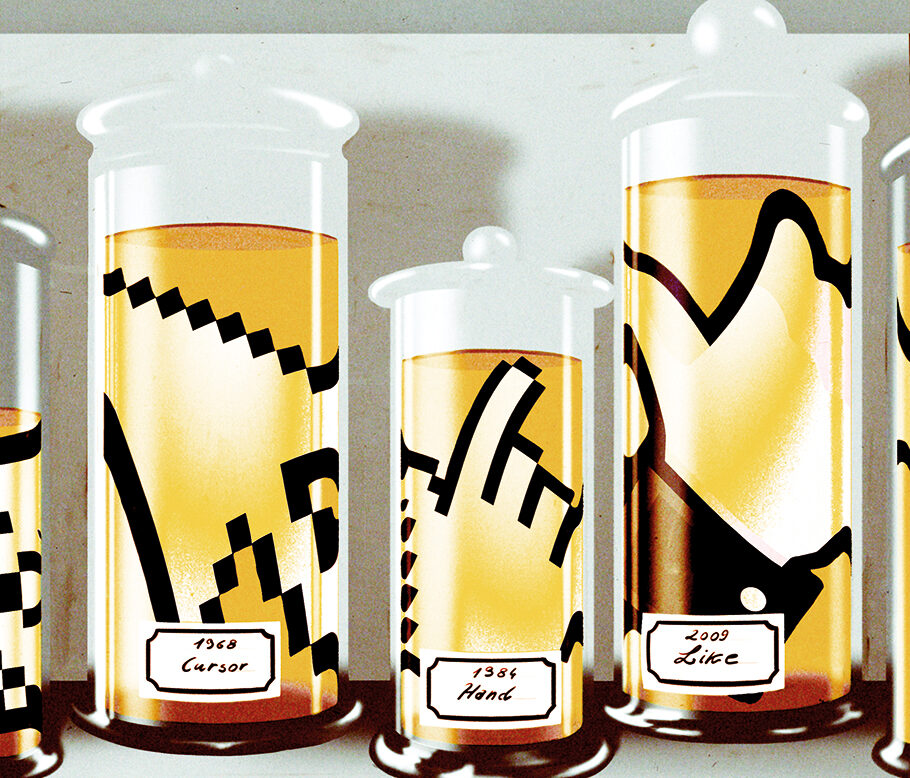
The popular history of the internet can be divided into roughly three phases. There was the decade between the launch of the worldwide web in 1990 and the dotcom crash of 2000, in which “surfing” the web was a novel and rare activity, which typically required a visit to a library or use of a telephone line. Other than through message boards and email, opportunities to publish information online were still largely confined to those users capable of writing code. Phase two, occurring over the first decade of the new century, saw the birth and consolidation of what would become known as “platforms”, giant companies, massively capitalised with the aid of Alan Greenspan’s ultra-low interest rates, which became embedded in our everyday lives, and devoured data in the process. A “social” element crept in, making it easier for internet users to share content with one another via blogs and social networking sites.
A third phase began in the wake of the global financial crisis of 2008: the mobile internet, based around apps and APIs (application programming interfaces), pieces of code that allow applications to communicate with each other, typically without the user being aware. Facebook seized these affordances in a bid to become an indispensable utility, the very gateway to the public sphere. “Disruptors”, such as Uber and Deliveroo, aimed to remake the basic conditions of municipal life. Wireless connectivity also unleashed the “internet of things”, a growing panoply of “smart” devices that could communicate with one another in the home, the workplace or the street. The capacity for surveillance just kept on growing.



